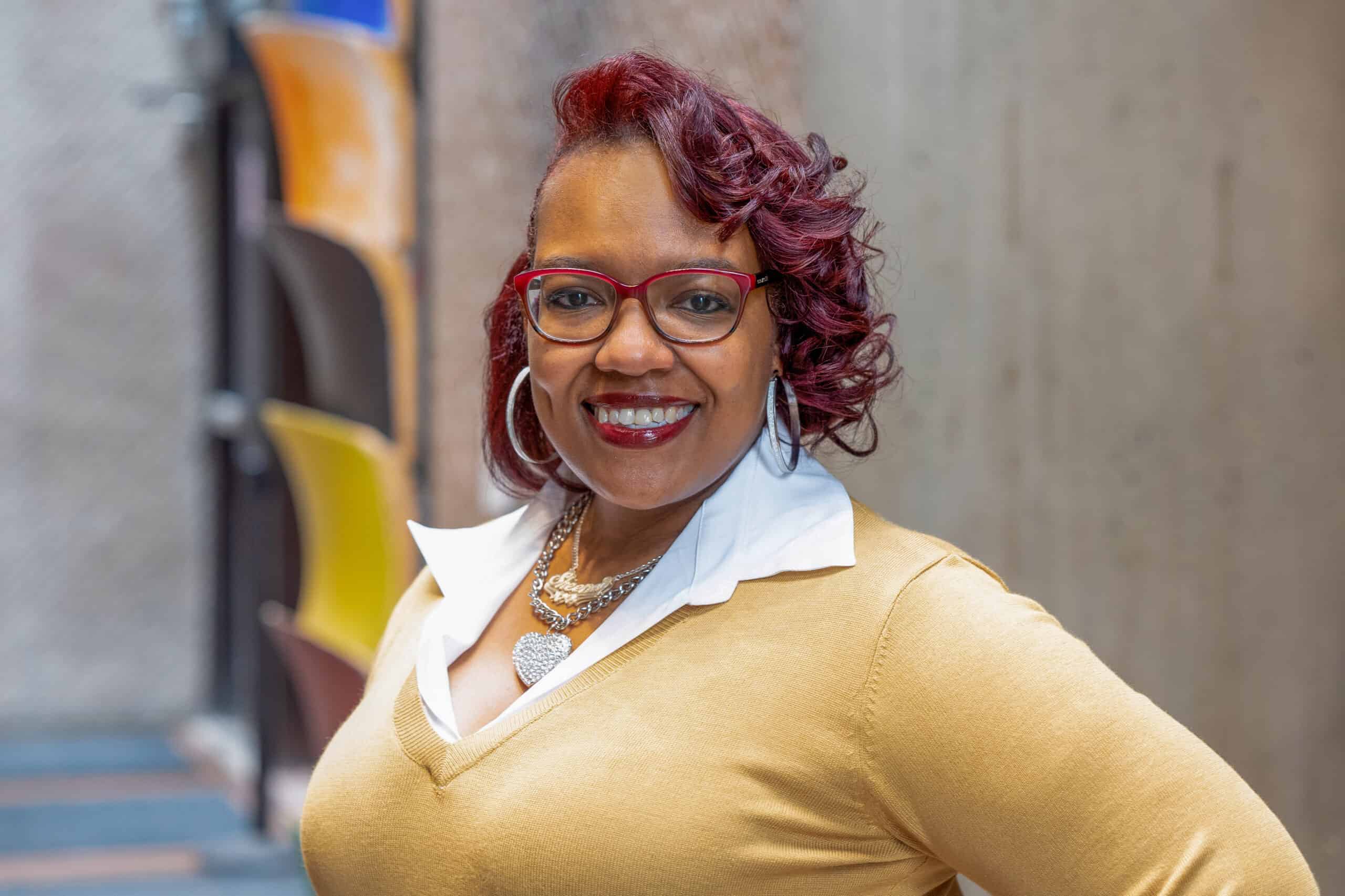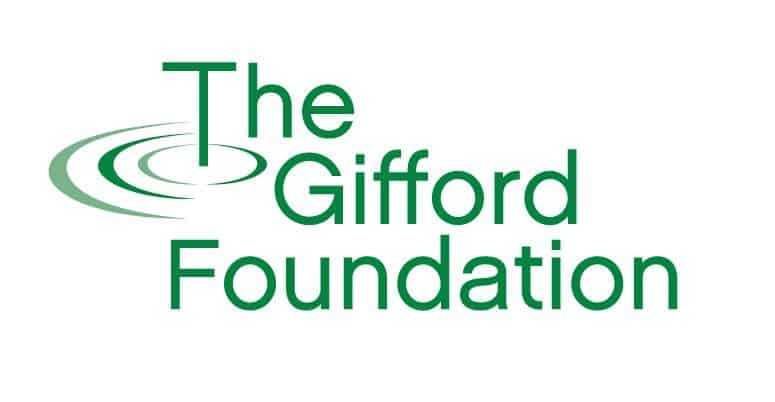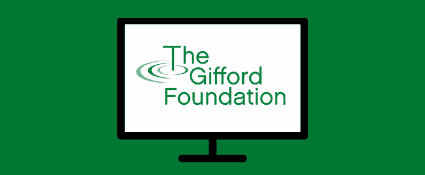Broadening Perspectives:
How We Assess Applicants
Gifford’s Executive Director Sheena Solomon sat down with our Communications & Grants Specialist Maximilian Eyle to discuss the Foundation’s approach to assessing grant requests.
Published: February 8th, 2022
Max: Let’s dive right in: Over the past year, we have seen a trend where more and more nonprofits are seeking funding for strategic planning. What kind of questions should organizations ask themselves as they consider investing in a project like that?
Sheena: Strategic planning is a term that has become such a cliché in the nonprofit world that it has lost a lot of its original meaning and purpose. Having a North Star to steer towards is really important but it only works if you use it as a living, breathing resource. The past two years have exposed that you never really know what is going to happen tomorrow.

Sheena Solomon is the Executive Director of the Gifford Foundation.
You have to be willing to update it, change it, adjust it, all of those things to make sure that you are still staying on top of everything. Take your plan out at staff and board meetings, use it as a guide to see if you are staying true to your mission, and don’t be afraid to adjust it when necessary. It shouldn’t become a holy grail that you only look at once a year at your annual retreat.
Max: That sounds reasonable, but how does a nonprofit go about convincing you that they will take advantage of this investment and use it in a way that yields the best results?
Sheena: It comes back to two things: capacity building and relationships. Relationships are super-duper important because investing in an organization takes trust. When a nonprofit tells us something, they have to know that it won’t be on the front of the newspaper the next day. Otherwise why would they tell us anything? We know it’s hard and uncomfortable to ask for money. So it’s really important to listen and care about what they are telling you. We always try to have empathy for what’s taking place within an organization.
This is where capacity building comes in. Once we have that open relationship with a grantee, we can work together to see if their proposal is actually what they need the most. We once interviewed an organization about a program they wanted us to fund, and during the conversation they mentioned that their server was sitting on top of coffee cups because it was overheating so often, and their staff would have to keep rebooting it. This was holding all of their programs back, so we ended up deciding together that we should shift our focus and help them purchase a new server instead – something they didn’t initially think we would be interested in funding.
We always try to look at the organization as a whole: We are going to ask about your systems, your board, sustainability, technology, all of those things. And a lot of times when you have conversations about those things it exposes a much larger need.
Max: I think a lot of organizations struggle with this balance. On one hand, they want to impress you as the funder so that you approve their grant request, but on the other hand they need to be open and honest about the gaps in their operation. How can they walk the line of confident vulnerability?
Sheena: We know that all nonprofits regardless of size have challenges, and that’s ok. Even an organization with major weak spots might still be the best at delivering their service to the community they serve.
There are several important things that we always look for – no matter what the request is:
- Who is reaching out to us? There is a big difference between receiving a request from the Executive Director versus an SU student interning at the organization. This is especially true when the project being proposed affects a specific branch of the nonprofit. For example, the board president should be at the table if the request being pitched has to do with board development.
- Have you done your homework? If you are seeking funding for a consultant, have you talked to any? Do you have a sense of how much it will cost? Do you know which other local organizations are doing the same work? What do their systems look like and how do yours compare? If you aren’t using your community as a resource, that’s a red flag too.
- Can you articulate why you are the best organization for the job? What’s different about you? What makes your agency special? Once you have the answer – cherish that and market that. We invest in some organizations more than others because they have proven why they are the best at the type of work they do.
Max: That’s a great list. Last question – what happens if an organization has a problem that isn’t about money? In other words, are there other resources besides grants that you provide?
Sheena: Definitely! At Gifford, we pride ourselves on being a great sounding board for ideas. We can provide great advice because we sit in a really interesting place and have a unique view of what’s happening in the nonprofit world. Chances are you are not the first group to experience the problem you are facing, and we have probably seen examples of what to do and what not to do in our own work. Nonprofits should feel free to take advantage of that, we are always here to listen.
The other thing is we can convene. For example, you might have an idea that requires all of the organizations who work with a specific population to participate. In the past we have brought together nonprofits to discuss an idea or develop new ways to collaborate. We can help make those connections through our own network, by serving as a mediator, and by offering a neutral space for those conversations to happen.
Subscribe to the Gifford Newsletter
Start enjoying our free quarterly publication today.


